air bubble in chest
 Bubbling feeling in the chest: 12 causes
Bubbling feeling in the chest: 12 causesTry our Symptom Checker Test our Symptom Checker Update Pro Pneumothorax In this series A pneumothorax describes the condition in which the air has been trapped by a lung. Most cases occur 'out of blue' in healthy young men. Some develop as a complication of a chest injury or a lung disease. Common symptom is sudden acute chest pain followed by pains when you breathe. He might get breathless. In most cases, pneumothorax is clarified without treatment. The air trapped in a large pneumothorax may need to be eliminated if it causes difficulty breathing. In some cases an operation is needed. In this articlePneumothorax What is a pneumothorax? A pneumothorax describes the condition in which the air has been trapped between a lung and the chest wall. The air usually comes from the lungs or from outside the body. Trend articles When will I get my COVID-19 vaccine? 1Quiz: Am I depressed? 2Coronavirus: How fast do the symptoms develop COVID-19 and how long?3COVID-19: how to treat coronavirus in the home4 Quiz: Am I pregnant? 5 Coronavirus: What are asymptomatic and mild COVID-19?6Quiz: Do I have OCD?7 What your vaginal odor might mean8Baby diet pans9 What causes vaginal odor after sex? 10Why do you constantly need to urinate11The best way to treat a herpes outbreak12Quiz: Do I have diabetes? 13Quiz: When will I have my first period? 14 What is causing your pelvic pain? 15Low speed leverage: What is the plan and realistic? 16 Is it safe to delay your period for your vacation? 17 When should you worry about neck pain? 18What you need to know about post-viral fatigue19Coronavirus: What is COVID-19 moderate, serious and critical?20 How to orgasm easier during sex21How to treat constipation and stool hard to overcome22When should you worry about skin labels? 23When you worry about night sweats24 What causes pressure from the head and brain fog? 25IBS Diet Sheet26 What could be causing your pins and needles? 27 Can women take Viagra?28 What happens to your body when you get out of the pill? 29When you worry about the stains on the penis30General blood tests available nowGet a checkup with a general blood profile, now available in Patient Access What are the symptoms of a pneumothorax? A chest X-ray can confirm a pneumothorax. Other tests may be performed if a lung disease is the suspicious cause. What are the causes of pneumothorax? primary spontaneous pneumothorax This means that pneumothorax develops without any apparent reason in a healthy person otherwise. This is the common type of pneumothorax. It is believed to be due to a small tear from an external part of the lung - usually near the upper part of the lung. It's often not clear why this happens. However, the tear usually occurs on the site of a small bleb or bulla on the edge of a lung. A bleeding or bullying is like a small balloon of tissue that can develop on the edge of a lung. A hustle is a big stain. The wall of bleeding or bullying is not as strong as normal lung tissue and can tear. The air then escapes from the lung but is trapped between the lung and the chest wall. Most occur in healthy young adults who have no lung disease. It's more common in thin high people. About 2 out of 10,000 young people in the UK develop a spontaneous pneumothorax every year. Men are affected three times more than women and are affected at a younger age. Men are more likely to be affected around 20 years and women at the beginning of 30 years. It is 22 times more common in men who smoke than in men who do not smoke and 9 times more common in women who smoke than in women who do not smoke. Cigarette smoke seems to make the wall of any bleb even weaker and more likely to tear. Up to 5 in 10 people who have a primary spontaneous pneumothorax have another or more at some point in the future. If it happens again it is usually on the same side and usually occurs within three years of the first. Secondary Spontaneous Pneumothorax This means that pneumothorax develops as a complication (a secondary event) of an existing lung disease. This is more likely to happen if lung disease weakens the edge of the lung somehow. This can then make the edge of the lung more responsible for tearing and allowing the air to escape from the lung. Thus, for example, a pneumothorax can develop as a complication of - especially when lung bulls have developed in this disease. Other lung diseases that can be complicated by a pneumothorax include: Other causes of pneumothorax A chest injury can cause a pneumothorax - for example, a car accident or a stabbing wound in the chest. Surgical operations in the chest can cause a pneumothorax. A pneumothorax is also a rare complication of . What is the treatment for pneumothorax? No Treatment Needed It may not need any treatment if you have a small pneumothorax. The small tear that caused the usually healthy leak within a few days (sometimes as little as 1-3 days), especially in cases of primary spontaneous neumotórax. The air stops leaking inside and outside the lung. The air trapped in the pneumothorax is gradually absorbed into the body. A doctor in 7-10 days to check that he's gone. You may need painkillers for a few days if the pain is bad. Removing (aspirant) the air trapped is sometimes necessary This may be necessary if there is a larger pneumothorax or if it has other lung or respiratory problems. As a rule, a pneumothorax that makes you breathless is better eliminated. The common method of removing the air is to insert a very thin tube through the chest with the help of a needle. (Some local anesthesia is injected into the skin first to make the procedure painless.) A large syringe with a three-way tap is attached to the thin tube inserted through the chest. The syringe sucks a little air and the three-way tap turns. The air in the syringe is expelled to the atmosphere. This is repeated until most of the air in the pneumothorax is eliminated. Sometimes a larger tube is inserted into the chest to remove a large pneumothorax. This is more commonly needed for cases of secondary spontaneous pneumothorax when there is underlying lung disease. Commonly, the tube is there for a few days to allow the lung tissue that has broken to heal. Tension pneumothorax This is a rare complication. It causes lack of breath that becomes more and more severe. This occurs when the tear of the lung acts as a single-sensing valve. In fact, each breath (inspiration) pumps more air outside the lung; however, the valve action stops the air returning to the lung to equal the air pressure. The volume and pressure of the pneumothorax increases. This pressures the lungs and the heart. Emergency treatment is needed to release the trapped air. Note: It can be dangerous to fly if you have a pneumothorax. Do not fly until you have the 'all clear' of your doctor following a pneumothorax. Also, do not go to remote places where access to medical care is limited until you have the 'all clear' of a doctor. Dealing with Repeated Episodes Some people have repeated episodes of spontaneous pneumothorax. If this occurs, a procedure may be advised in order to prevent the condition from returning. For example, an operation is an option if you identify the part of the lung that tears and filters the air. It can be a small stain on the lung surface, which can be removed. Another procedure that can be advised is that an irritating powder (usually a kind of talc powder) is placed on the lung surface. This causes inflammation that then causes the lung surface to adhere to the inside of the chest wall. A lung specialist may give pros and cons of the different procedures. The advised procedure may depend on your general health and whether you have an underlying lung disease. If you are a smoker and have had a primary spontaneous pneumothorax, you can reduce your risk of it happening again by . PleurisyJoin our weekly business health experts well-being analysisMore readings and references; British Thoracic Society - BMJ (2010); Pneumothorax Spontaneous. BMJ. 2014 May 8348:g2928. doi: 10.1136/bmj.g2928; Simple aspiration against the intercostal drainage of the tube for primary spontaneous neumothorax in adults. Cochrane Database Syst Rev. 2007 Jan 24(1):CD004479. Related information I have had pneumothorax in the left and right lungs in 2012. I've had pleurodesis during my second lung collapse. Since then, I haven't had any more problems. 2 years ago, I was planning a... e95466 I've had pneumothorax in the left and right lungs in 2012. I've had pleurodesis during my second lung collapse. Since then, I haven't had any more problems. Two years ago, I was planning a... you feel bad? Evaluate your symptoms online with our free symptoms checker. The information on this page is written and peer-reviewed by qualified doctors. Disclaimer: This article is only for information and should not be used for the diagnosis or treatment of medical conditions. Patient Platform Limited has used all reasonable care in gathering information but does not guarantee its accuracy. See a doctor or other health care professional for diagnosis and treatment of medical conditions. For more details see our . PleurisyOur clinical information is certified to meet the NHS England information standard. The patient aims to help the world proactively manage their health, providing evidence-based information on a wide range of health and medical issues to patients and health professionals.© Patient Platform Limited. Registered in England and Wales. All rights reserved. The patient does not provide medical advice, diagnosis or treatment. Number registered: 10004395 Office registered: Fulford Grange, Micklefield Lane, Rawdon, Leeds, LS19 6BA. The patient is a trademark in the United Kingdom.

A chest X-ray shows the presence of a gastric air bubble in the chest. | Download Scientific Diagram

Chest X-ray showed dextrocardia and right-sided gastric air bubble. | Download Scientific Diagram
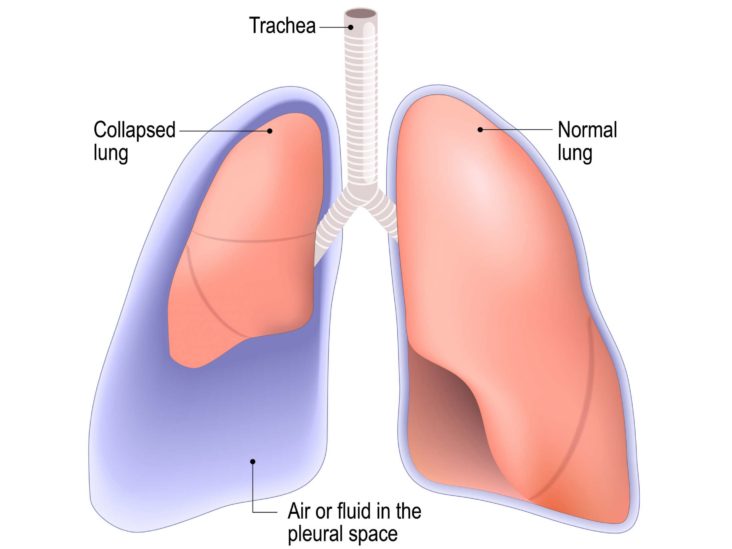
Punctured lung (pneumothorax): Symptoms, treatment, and recovery

Chest x-rays; absence of gastric bubbles at the left hypochondria (LHQ;... | Download Scientific Diagram
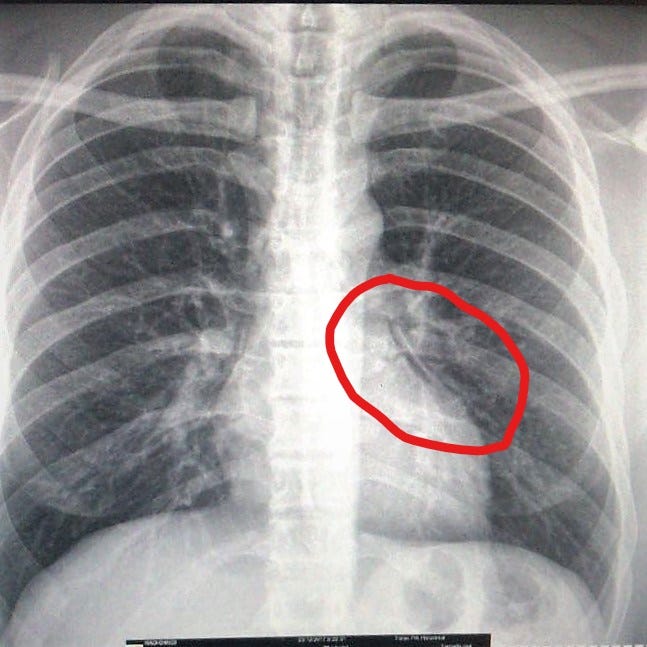
Atelectasis from packing — I had a hole in my lung. How? What? Learnings. | by Laur Läänemets | Medium

A Rare Cause of Right-Sided Air Bubble on Chest Radiograph: Intrathoracic Gastric Volvulus Related to Morgagni Hernia | Semantic Scholar

Large Air Bubble in the Chest - CHEST

21. Introduction to Chest Radiography | Radiology Key
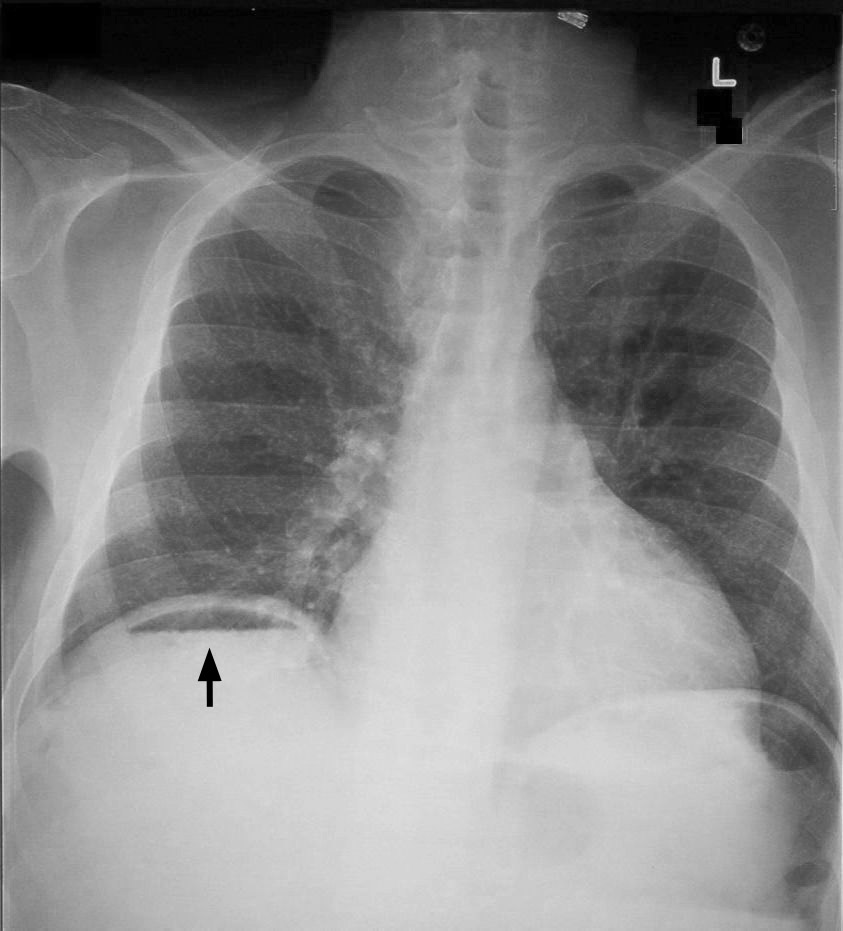
Pneumoperitoneum - Wikipedia
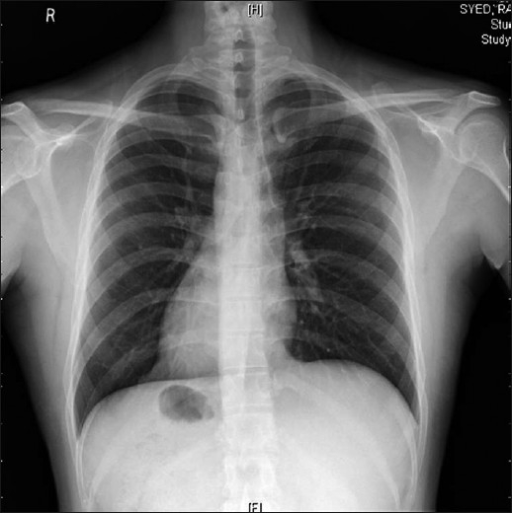
X-ray chest showing dextrocardia and gastric air bubble | Open-i

Chest x-ray showing air bubbles in the left chest. | Download Scientific Diagram
Radiological Anatomy: Stomach - Stepwards

Blowing Bubbles with Chest Drains | MedBridge Blog

Pneumothorax - Wikipedia

Radiology: Normal Chest X-Rays – Glass Box

Understanding Chest Tube Use for a Pneumothorax | RT

The Radiology Assistant : Heart Failure
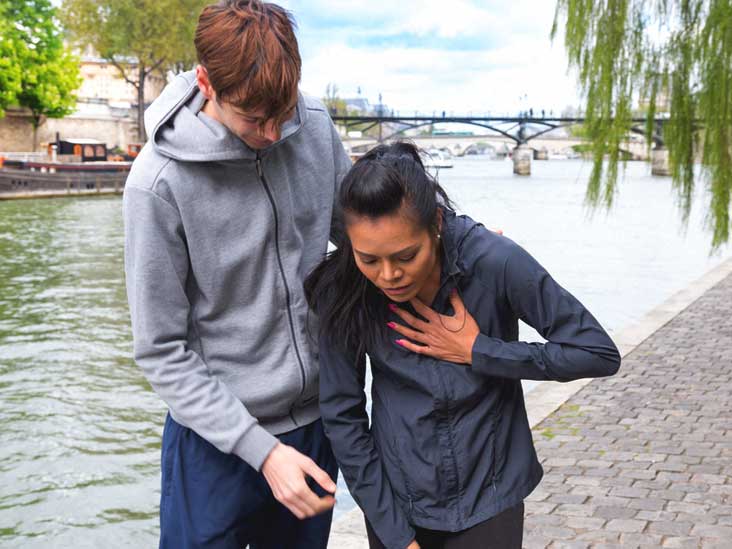
Bubbling Feeling in Chest: 11 Possible Causes

Embolism: Definition, Symptoms, Effects and Dangers
Gastric volvulus: an easily missed diagnosis of chest pain in the emergency room

How to read chest x-rays – International Emergency Medicine Education Project

PDF) Mediastinal Mass and Air Bubble in Two Elderly Patients

Bubbling feeling in the chest: 12 causes

A young man with chest pain | Tidsskrift for Den norske legeforening

Air Embolism FAQs | Revere Health
Approach to the Chest X-ray (CXR) – Undergraduate Diagnostic Imaging Fundamentals

Chest X-ray showing air bubble below the left hemi-diaphragm in the... | Download Scientific Diagram

Diving Medicine - Pediatric Pulmonologists

Frontal chest radiograph showing mediastinal air-fluid level (arrow)... | Download Scientific Diagram

I feel like I have a bubble in my chest. Please help.
Chest Pain That Isn't Caused by a Heart Attack | University of Utah Health

Pneumothorax - Wikipedia

Spontaneous Pneumothorax | Children's Hospital of Philadelphia

Man, 66, grows a BUBBLE under the skin when air escaped from his cancerous lung - Sound Health and Lasting Wealth
:background_color(FFFFFF):format(jpeg)/images/library/10855/E4OFggoL2vooAU0frCUSZA_Costophrenic_angle.png)
Normal chest x-ray: Anatomy tutorial | Kenhub

Chest Radiograph

Incidental Hiatal Hernia on Chest X-ray - JETem

Gastroenterol Res

Pneumothorax - Physiopedia

Approach to the Chest X-ray (CXR) – Undergraduate Diagnostic Imaging Fundamentals
Posting Komentar untuk "air bubble in chest"